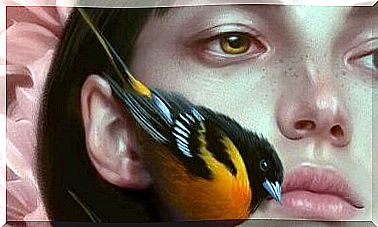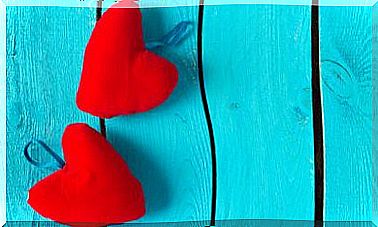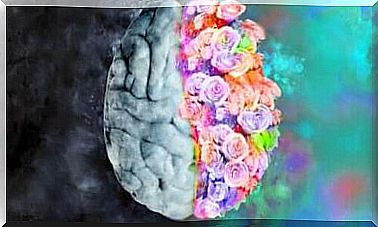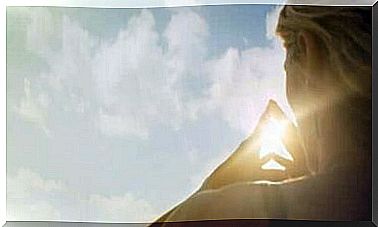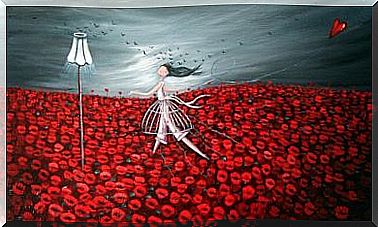Shadow Archetype: The Dark Side Of Our Psyche
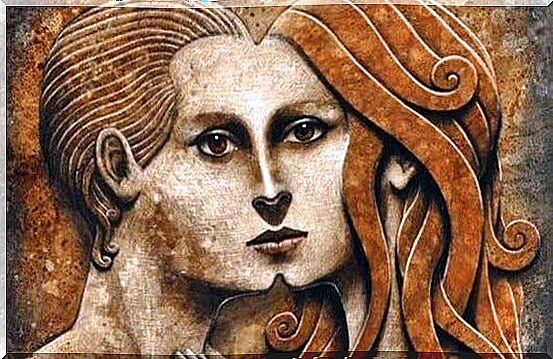
The shadow archetype represents, according to Carl Jung’s analytical psychology, the “dark side” of our personality. It is the troubled underworld of our psyche that contains our most primitive feelings, the sharpest selfishness, the most repressed instincts, and that “hidden self” that the conscious mind rejects and that plunges us into the deepest abysses of our being.
We’ve all heard about this concept, the shadow archetype that somehow continues to be used in psychology to talk about this confrontation: the feeling of dispute we sometimes have with ourselves when we work with our frustrations, with our fears. , insecurities or resentments.
However, we cannot forget that the idea that Carl Jung brought us through his work on archetypes was already present in our society historically and culturally. The concept of the shadow or the dark side constitutes this common duality, which inspired Robert Louis Stevenson to create his classic “Dr. Jeckyll and Hyde,” long before Jung developed his theory of the shadow archetype.
Everything that we consider at any given time as “bad” due to our education and the moral standards of our society becomes our shadow. However, it is not advisable to see all these internal dynamics as reprehensible or dangerous experiences, to the point of thinking that we all carry a Hyde that wants to manifest.
Jung himself explained that there are different types of shadows and that one way to achieve wellness, healing and personal freedom is to make them aware and face them all.
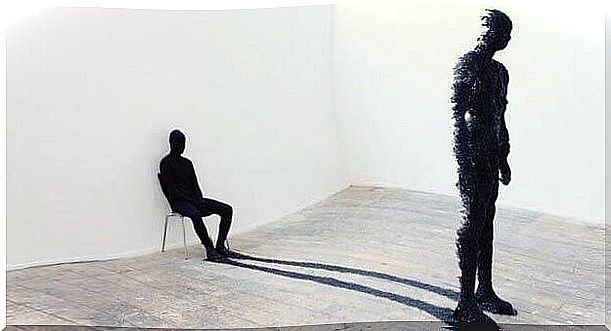
The shadow archetype: the dark side of the human being
The shadow archetype is related to the concept of the unconscious formulated by Freud. However, it contains unique nuances that differentiate it considerably and enrich it. We cannot forget that what began as an intellectual idyll between Freud and Jung grew cold, to the point where Jung said that the father of psychoanalysis was “a tragic figure, a great man, but a person with whom he did not agree.”
Jung developed his own working method, analytical psychology. He set aside the sofa and this asymmetrical relationship between therapist and patient to develop a therapy based on conversation, investigating the structure of the psyche and the unconscious where archetypes navigate. Among them all, the one that could have the greatest therapeutic value was undoubtedly the shadow archetype. Let’s see its characteristics:
The shadow: a known but repressed presence
- “Shadow” was a term that Jung borrowed from Friedrich Nietzsche.
- This idea represented the hidden personality that each person has. At first glance, most of us appear (and perceive ourselves) as good and noble beings. However, within us there are certain repressed dimensions, where hereditary instincts, violence, anger, hatred are hidden…
- The shadow archetype doesn’t just live inside each person. Sometimes, it is also present in “people groups”, in sects, in some types of religions or even in political parties. These are organizations that can, at a given moment, cast their shadow to light to justify violent acts against humanity itself.
- The shadow becomes more destructive, insidious and dangerous when we “repress” it. According to Carl Jung, when it projects, disturbances such as neurosis or psychosis appear.
- Likewise, Jung differentiated the shadow archetype into two types. The first is the personal shadow, which we all carry as our most common little frustrations, fears, selfishness, and negative dynamics. However, there would also be the impersonal shadow, which would contain the essence of the most archetypal evil, the one that accompanies genocides, relentless murderers, etc.
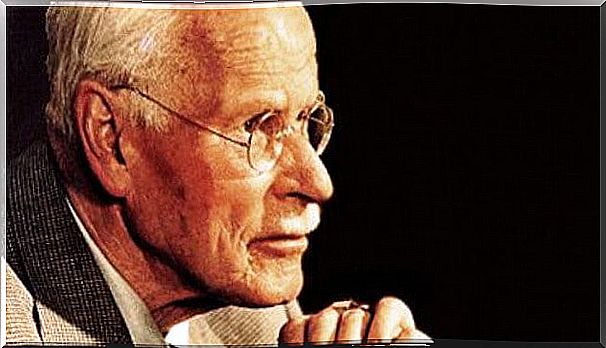
How to face our own shadow?
It is very likely that Jung’s theory of the shadow archetype is interesting to us on a theoretical level, that it has its charm, its metaphorical essence and its mysticism. We all see in this figure the most classic representation of taboo, evil and the dark dimension of the human personality that always arouses great interest. However, can we draw from the shadow some practical applicability in our daily lives?
The answer is yes”. As the father of analytical psychology said in books like “Archetypes and the Collective Unconscious”, our task in life is to fully accept ourselves and integrate “our shadow” into the personality to make it conscious and work with it, facing it head on . Despising it, allowing it to continue in our unconscious universe, can rob us of our balance and the opportunity to be happy.

We cannot forget the types of dynamics that make up this concept we call shadow: here are our fears, the traumas of the past, the disappointments that poison us, the dreams unfulfilled by indecision that become frustrated sharks navigating our personality. If we hide them, these inner demons take on greater ferocity, and if we silence them, they will end up controlling us, projecting onto others, in many cases, an image of ourselves that we don’t like.
Therefore, we must not forget that our personal growth and our psychological well-being will always depend on our ability to lighten those shadows. After this act of courage, a delicate but valuable work will begin to heal us, to find calm and well-being.
